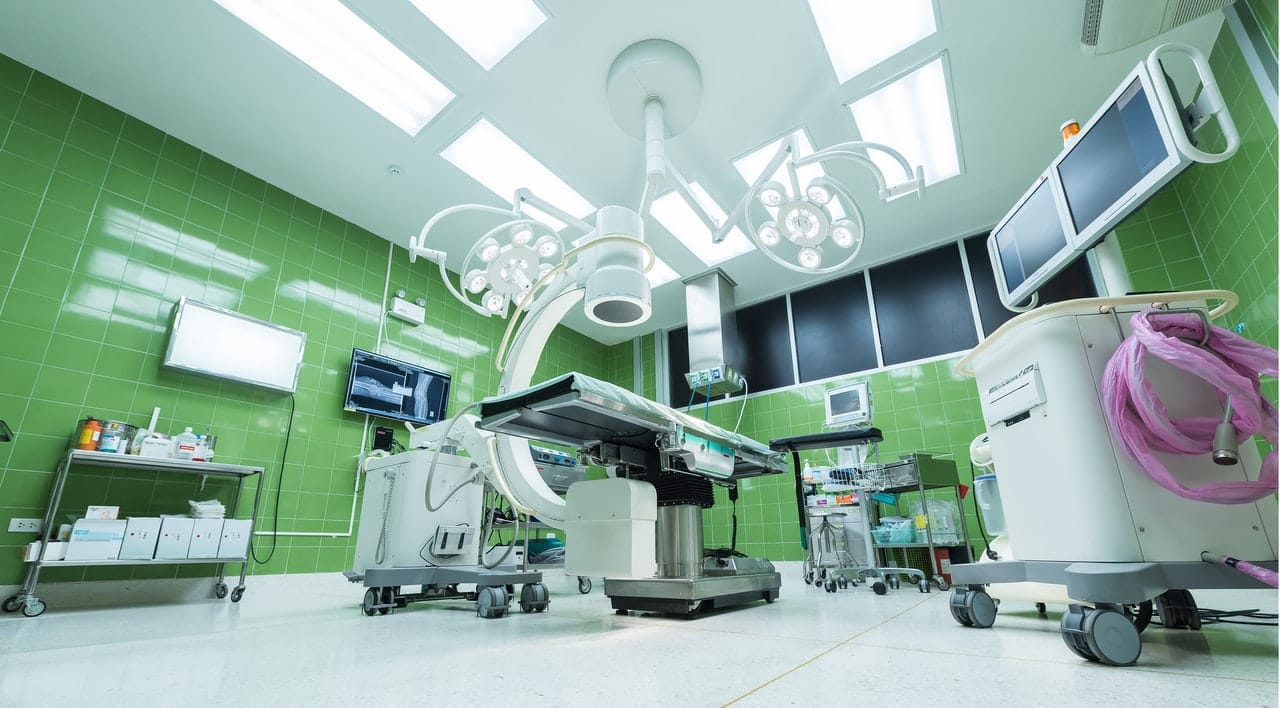The vast majority of us are fit, strong and healthy, we go through life without really contemplating injury or ill health. That is, until something strikes us down. Sickness, disease, accident and injury are a fact of life for many, and we can never be sure that such misfortune won’t blight our lives.
Many cases of illness or injury are slight and require nothing more than minor or superficial treatment. Some are less lucky and require more complicated and protracted treatment programs. And, for some, surgery will become a necessary evil, however, modern surgical techniques mean that procedures are now infinitely less traumatic than they were for previous generations.
The idea of surgically entering the body to cure its ills is not a modern idea. Who you consider to be the father of modern surgery may vary depending on whom you consult. From Sushruta, the Indian physician circa 600 BC, 2nd century Frenchman Guy de Chauliac, military doctor Ambroise Paré of the 16th century to Joseph Lister from the 19th and early 20th century, are just a few of the great physicians that have influenced surgery as we know it today.
Thailand is blessed with many great medical facilities, Samitivej Hospital being one of the main exponents, which employ the skills of some of the world’s best physicians. Surgical suits are among the most advanced available, and with innovative, cutting-edge surgical procedures, Samitivej hospital’s medical establishments are now the envy of the world.
It is not only the indigenous population that benefit from their dedication to medical excellence, now, over a million people a year travel to the kingdom for medical treatment and procedures. Medical tourists from all corners of the world have come to look upon Thailand and Samitivej Hospital as the premier destination to cure and alleviate their ills, whilst also providing the very best in value for money.
Pre-Surgical Diagnostics
Successful surgery relies on accurate and precise diagnosis. Maximum diagnostic precision is achieved through coupling knowledge and experience with state-of-the-art equipment, Samitivej Hospital excels in all these areas.
As would be expected at a leading medical facility, the diagnostical equipment at this is the very best. Some of the hi-tech equipment includes machines to measure bone mineral density, there is ultrasound, X-ray and CT scanners, mammogram machines and pathology testing equipment. All of these pieces of technology play a vital part in the art of diagnostics, but they don’t stand alone in the area of diagnostics.
Also read: Essential Tips for Medical Practice Marketing
Surgical Diagnostics
Surgery now plays an important role, not just in healing and repairing the body, but also in diagnostics. With modern, minimally invasive surgical techniques, skilled physicians are able to visually inspect problem areas in the body, thus, enabling them to more accurately devise treatment plans that are individually suited to each patient.
With the specialist teams and modern facilities, they are able to diagnose every possible illness and injury. From cancers to broken bones, arterial and urinary issues, spinal problems and burns, it excels. The surgical techniques employed by Samitivej Hospital for diagnostics are similar to those they would use for the treatment of illness or injury.
Minimally Invasive Surgical Techniques
Minimally Invasive surgery, (MIS), came to the fore in the 1980s, and since then has been enhanced and improved along with the advances in technology. MIS is now the preferred vehicle for surgical procedures by the world’s leading surgeons. Today, skilled physicians rely on the three main derivatives of minimally Invasive surgery (MIS).
Conventional Laparoscopic Surgery
As the name suggests, this utilizes a laparoscope which is a small camera. This allows the surgeon to view the body’s interior without having to resort to traditional open surgery. Depending on the exact procedure being undertaken, the surgeon will make 2, 3 or 4 small incisions between 0.5 and 1cm long.
There are great advantages to having incisions so vastly reduced in size from the more conventional surgical incision, which could be 10 or 20 times as large. The physical trauma to the patient is greatly reduced, length of stay in hospital is much shorter and the risk of infection is vastly reduced. Also, the aesthetic effect should not be overlooked. With no large, ugly scarring the patient will not feel subconscious about their appearance post-surgery.
Single-Port Laparoscopic Surgery
Although the obvious benefits of conventional laparoscopic surgery apply to the single port method, this development takes the technique to a new level. With, the now conventional MIS, there maybe 4 incisions, single-port laparoscopic surgery utilizes one single entry incision at the umbilicus to create a small open fold, thus gaining access to the abdominal area. On completion the opening can be folded back in place and stitched.
Although there are the obvious further gains of only having 1 incision, the biggest gain for the patient is one of cosmetics. With just one small incision at the umbilicus, and with carful stitching of the wound, there is little or no visual evidence of a surgical technique having been performed.
As with any surgical technique, preserving the patient’s confidence and positivity is an important part of the healing process. Samitivej Hospital’s post-surgical care specialists are all to well aware of the importance of positivity as part of the healing process and promote patient confidence as a vital facet to overall wellbeing.
Also read: A Guide to Starting a Health and Wellness Business
Natural Orifice Transluminal Endoscopic Surgery (NOTES)
Natural Orifice Transluminal Endoscopic Surgery, or NOTES, is often referred to as scarless surgery, which requires no explanation. NOTES utilizes the body’s own natural orifices as points of entry, the mouth, anus, and vagina. There is all manner of abdominal medical issues that can be diagnosed and treated via the NOTES method.
But, just as with any other procedure, it does have its limitations. NOTES is not a suitable option for the treatment of excessive pelvic fibroids, and equally so for metastatic gynecological cancer. Heart and lung issues are also untreatable via this method of surgery.
Samitivej Hospital have long since been pushing the boundaries of surgical techniques and standards, singularly motivated to achieve the very best care for their patients. They have the technology, the knowledge and the skills. They couple these qualities with a dedication to the furtherance of patient care and wellbeing.






